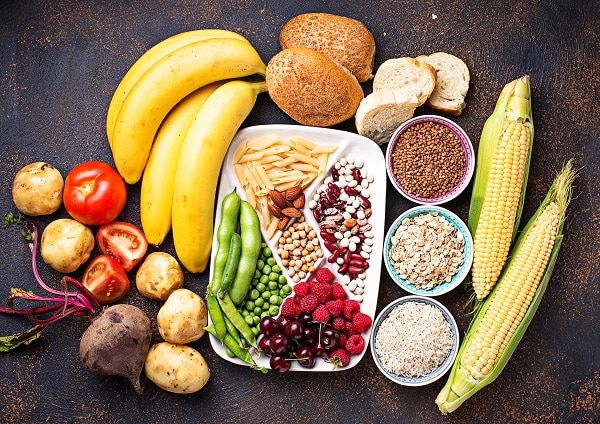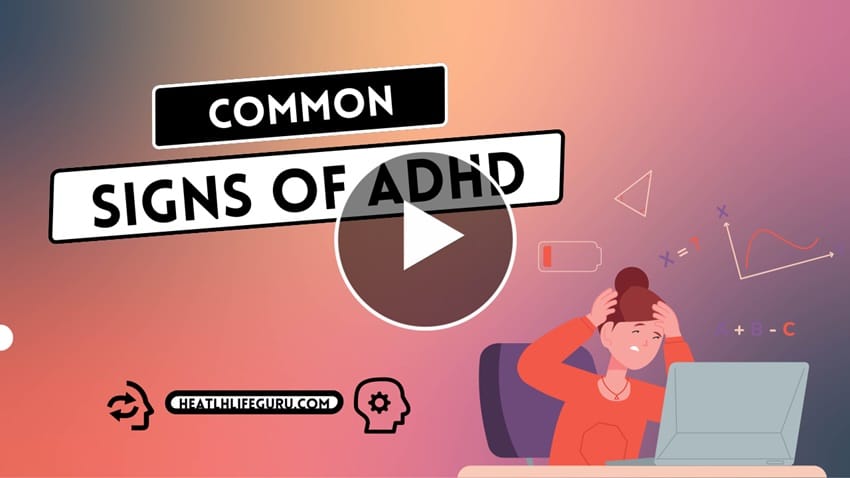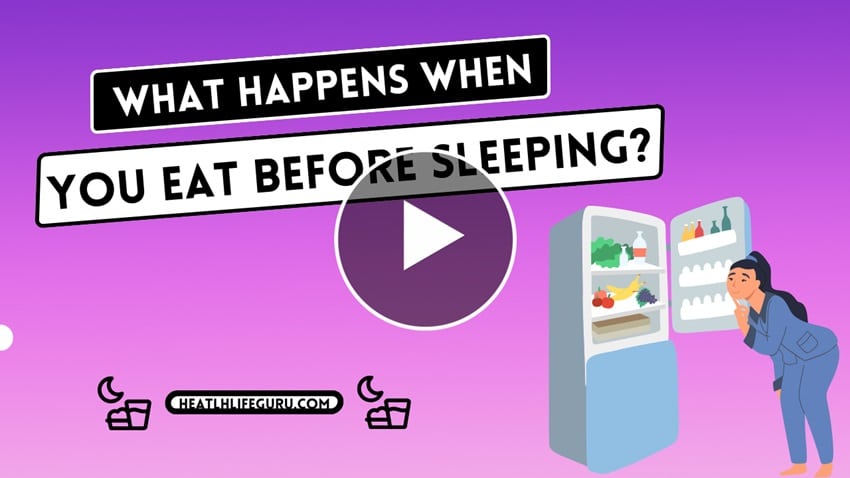In today’s society, there is a great focus on being healthy. People are always looking for the next best diet or the newest piece of fitness equipment to help them reach their health goals. While all of this is important, one of the most important aspects of staying healthy is understanding nutrition labels. Nutrition labels are found on almost all packaged foods. They can tell you a lot about what is in the food you’re eating. This article will discuss everything you need to know about nutrition labels. So that you can make informed decisions about what to eat.
Contents
Serving Size

This section of the nutrition label tells you how much of the package contents are in each serving. A package containing two servings will have twice as many calories and nutrients listed than a product containing only one serving. Always take note of this if you are watching your caloric intake. So you can get an accurate idea of how much energy you are getting from certain foods. You should also remember that the serving size can be deceiving. Since it is often a fraction of the total package contents, you may be getting more calories from certain foods than you had originally anticipated.
Calories

This is where you will find the amount of calories that are in just one serving of the food, not the entire container. If you are trying to lose weight, this is probably the first thing you will look at on a nutrition label. When you’re doing your diet, remember that everything counts. Even if there are only 20 calories per serving, those 20 calories can add up quickly if you eat more than one serving.
Cholesterol

The American Heart Association recommends that adults consume no more than 300mg of cholesterol per day. If your body produces enough of the substance on its own, you do not need to worry about it. However, most people get their cholesterol from animal products like meat and dairy, so if you are trying to lose weight or lower your cholesterol levels, you will need to be aware of how much cholesterol is in the food you eat. Cholesterol is always measured in milligrams (mg).
Fat

This number shows you the amount of fat that are found in one serving of food. You may know that when you’re on a diet, you are supposed to watch your intake of fat, but what exactly do these numbers mean? When it comes to dietary guidelines, there are different types of fats. There is unsaturated fat that can be found in avocados, olive oil, fish oils, walnuts, etc. Unsaturated fat is the healthy kind of fat and is the one you should be looking for on a nutrition label.
Another type of fat is saturated fat, which can be found in meats and dairy products. This type is not good for your body and can clog your arteries. Trans fats are another kind of fat that you should aim to avoid when losing weight or trying to be healthier. These are the kinds of fats you will find in foods with hydrogenated or partially hydrogenated oils in the ingredients list.
Carbohydrates

Carbohydrates are sugars, starches, and fiber that come from grains, vegetables, fruits, dairy products, beans, etc. These are your body’s main energy source and the one that you want to consume the most. However, carbohydrates can also be found in fatty foods like French fries and baked goods, so it is important to watch out for them. All nutrition labels list total carbohydrates and dietary fiber. Fiber comes from plant sources and is a type of carbohydrate your body cannot digest, so it does not affect blood sugar levels. This type of carbohydrate also helps you feel full and keeps your digestive tract working properly.
Protein

Protein is a macronutrient that cannot be broken down into sugar molecules. It is made up of organic compounds called amino acids. Which are essential to the human body because they help repair tissues and create new cells. Protein also helps the body maintain healthy bones, muscles, skin, and blood. This nutrient can be found in both animal and plant-based foods.
However, the two differ in their amino acid content. This is because plants do not have all of the essential amino acids that you can find in meat. Some plant proteins are considered incomplete, which means that they only contain some of the necessary amino acids. This is why vegetarians need to combine different plant-based foods to get all nine essential amino acids.
Sodium (Salt)

Whenever you cut back on salt, make sure to read nutrition labels carefully. Many low sodium products still contain high amounts of the substance. However, this can be hidden under different names like disodium phosphate or monosodium glutamate (MSG). Low sodium does not necessarily mean low salt. It’s also good to know that on average only 10% of dietary salt comes from the shaker. In fact, 75% is found in processed foods. While the remaining 15% is naturally found in foods like celery, carrots, and pickles.
Vitamins And Minerals

This area of the food label will provide you with information regarding the content of certain vitamins and minerals in one serving. Vitamins are organic compounds that your body needs for different metabolic processes, but cannot create on its own. Minerals are naturally occurring substances found in food, water, and soil. These two nutrients help keep your body healthy by regulating heart function, blood clotting, and bone strength.
The most recognized vitamins are A, C, D, E, and K. However, there are 13 total vitamins that your body needs to function properly. As for minerals, there is a long list of them including calcium, iron, magnesium, and phosphorus. All of these minerals play a crucial role in your body and you should aim to consume all of them. Just in much smaller amounts than the vitamins.
Percent Daily Value

All you have to do is check the percentage of what’s recommended for you in one serving on the right side of the label under percent daily value. This part of the label is not mandatory on all products but can be found on most food labels. The first nutrient that will be listed is sodium. Next, go down the list and find how much you are getting of total carbohydrates, dietary fiber, protein, each vitamin, and mineral. Knowing this information can help you eat healthier by giving you a better idea of the amount of each nutrient that you are consuming.
Conclusion
It is more important than ever to know what you are putting in your body. This is why reading nutrition labels every time you purchase a new product can be extremely helpful. Knowing how to understand these nutritional labels will help you make educated choices when buying food and prepare healthier meals at home. So be sure that you are reading all aspects of food labels. Hopefully, this article has helped you to understand each section a little better!


